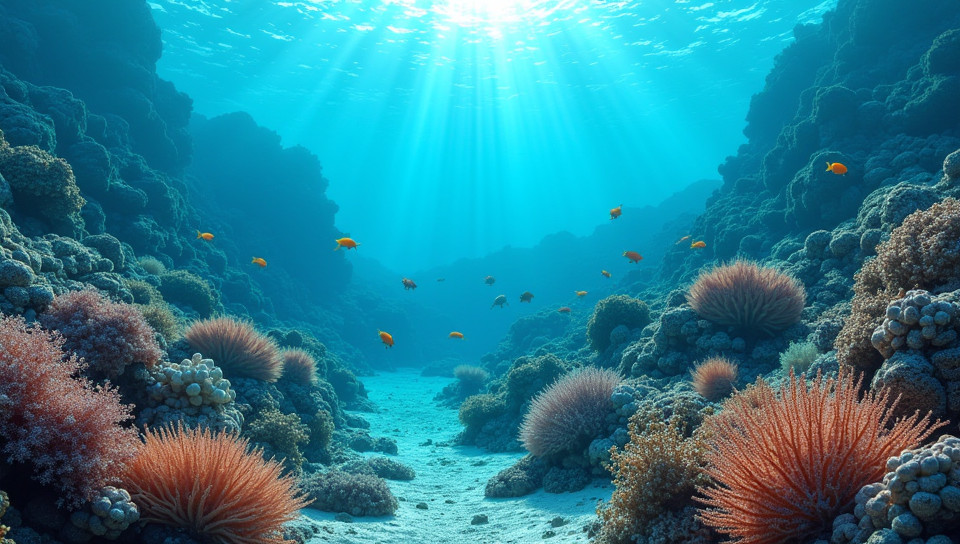Marine protected areas help restore coral reefs 86%

Revitalizing Our Ocean's Beauty: The Power of Marine Protected Areas
As we gaze out at the vast expanse of our oceans, it's hard not to be struck by the sheer beauty and importance of coral reefs. These underwater ecosystems are home to a staggering array of marine life, from tiny fish to massive sea turtles, and provide crucial coastal protection for countless communities around the world. However, in recent years, coral reefs have faced unprecedented threats, from climate change to overfishing and pollution. But there is hope on the horizon.
The Devastating Impact of Human Activities
- Coral bleaching due to rising ocean temperatures
- Overfishing and destructive fishing practices
- Pollution from land-based activities, such as fertilizers and sewage
- Coastal development and infrastructure projects
These human activities have taken a devastating toll on coral reefs worldwide. In fact, it's estimated that over 30% of the world's coral reefs have already been destroyed or are at high risk of collapse.
The Role of Marine Protected Areas
But what can be done to reverse this trend? One powerful solution is the establishment of marine protected areas (MPAs). MPAs are designated zones within our oceans where human activities are restricted or prohibited in order to protect the surrounding ecosystem. By creating these sanctuaries, we can give coral reefs a chance to heal and thrive once more.
The Benefits of Marine Protected Areas
Marine protected areas have been shown to have numerous benefits for coral reefs and the communities that depend on them. Some of these benefits include:
- Improved water quality: By reducing pollution from land-based activities, MPAs can help improve the overall health of our oceans.
- Increased biodiversity: MPAs provide a safe haven for marine life to flourish, leading to increased biodiversity and a more resilient ecosystem.
- Enhanced fish populations: By protecting key habitats and reducing fishing pressure, MPAs can help replenish depleted fish populations.
The Future of Coral Reefs
While there is still much work to be done, the establishment of marine protected areas offers a beacon of hope for coral reefs. By working together to protect these vital ecosystems, we can ensure that future generations inherit a healthy and thriving ocean.
In conclusion, marine protected areas are a crucial tool in the fight to restore coral reefs. By giving these ecosystems the protection they need, we can help revitalize our oceans' beauty and ensure a brighter future for all.
- Created by: Vedant Sharma
- Created at: Nov. 9, 2024, 11:14 a.m.
- ID: 15654
